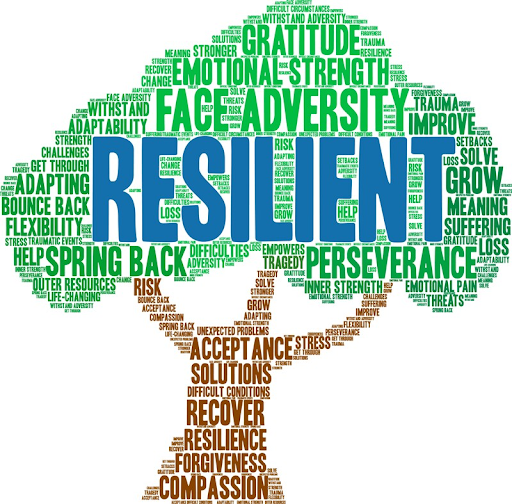Beijing, 2008. Less than two weeks to the Summer Olympic Games. Athletes around the world prepared to endure not only the extreme competition presented in the Olympic Games, but also the deteriorating air quality in China’s capital city. In 2008, the air pollution in Beijing was approximately five times the accepted air standard set by the World Health Organization. Today, the air quality in Beijing consistently averages over 200 on the air quality index, frequently rising above 500. The air quality index ranges from 0-500 AQI. The AQI in New York City averages about 40 on a daily basis, which falls into the category representing the best quality of air. Even Los Angeles, known for “smoggy” days, rarely reaches 100 AQI. This is a stark contrast to the 200+ AQI in Beijing, which is very unhealthy. Once the AQI reaches 300, humans should avoid being exposed to the air at all costs. On January 28, 2013, the United States Embassy in Beijing recorded the AQI to be 517, which is beyond the air quality index.
In the past three decades, China has adopted what the New York Times calls a “growth-at- any-cost attitude.” Chinese leaders wanted to see the economic success in China which had been seen in other countries around the world, and would do anything to accomplish this goal. The environmental effects are now being seen in the poor air quality. In 2008, there were 3.13 million automobiles in Beijing, compared with 5.18 million in 2013, according to a report from Xinhua, the Chinese state news agency. The report also details that automobiles and coal are the main contributors to the pollution issues. Cars are seen as social status symbols in Beijing, where the average annual salary is $8,900 USD and cars cost, on average, over $20,000 USD. The government provided generous loans in recent years to mobilize their population, inadvertently plunging their city into darkness.
The pollution causes a thick smog, and facial masks are quickly becoming the norm. The smog is not only present high above the city, but even on ground level, where visibility is extremely low. In addition to automobiles, coal is a major cause of the health issue affecting Beijing’s estimated 20 million residents. Coal is burned to create the energy needed to power hundreds of factories in the city. In a statement on Tuesday, the United States Energy Information Administration said that China now accounts for 47 percent of the world’s coal consumption, almost equal to all other countries combined.
The Chinese government is now acknowledging the issue of pollution, after brushing it off for so many years. With mounting pressure from the people and the media, the government has decided to take emergency measures to clean up their air. With lung cancer on the rise, up 60 percent in the past decade, government officials are under fire for their use of expensive air purifiers in homes and offices, while average citizens cannot afford more than a face mask. The government has announced the temporary closure of more than one hundred factories, much like the actions taken in the weeks leading up to the 2008 Summer Olympics. One familiar company affected by the shutdowns is Hyundai Motors, which closed its Beijing plant on Sunday, January 12, 2013. Other emergency actions being taken include the restriction on certain types of automobiles, such as large SUVs and old “gas guzzlers.” The government ordered the removal of over one third of all official vehicles, part of the fleet which hasn’t been updated with more efficient models. And these actions, according to the government, are just the beginning. They plan to release further measures for a long-term solution later in the year, to provide for “blue skies, clean water, [and] less traffic,” said Wang Anshun, the new mayor of Beijing.
The students of JCHS were exposed to the issue of pollution on January 30th, when ACE, the Alliance for Climate Education, visited the school to share the potential effects of pollution around the globe. A main point made by the presentation was that the burning of coal releases “greenhouse gases,” which can trap the heat from the sun in our Earth’s atmosphere. This trapped heat can cause glaciers to melt, causing sea levels to rise internationally. In New York, sea levels are projected to rise several feet in the future, and coastal cities in the Pacific, such as Sydney, Australia, can see catastrophic results. Coupled with rising sea levels is the threat of species. Polar bears, which rely on the icebergs in the arctic regions, will see vanishing ice and prey, resulting in a declining number of the species. Coral reefs are also suffering from rising ocean temperatures which destroy the reefs. The situation in China is certainly affecting global warming, even more so than the United States. In figures from 2011, the European Commission reported that the United States produced 5.42 million kilotons of carbon dioxide, while China produced 9.7 million kilotons.
China’s attitude towards the environment and the health of its people is completely astounding to many. Pan Shiyi, a real estate tycoon in China, stated that the Chinese government should adopt a clean air act, similar to those in the United States, and that “in order to control air pollution, we need everyone to participate.” Mr. Pan has gained mounting support from many, both in China and abroad. Others in China say that air pollution is an issue for the children. Zhang Quan, a former soldier in China, said that, “When I was young, our geography teacher taught us how to recognize the galaxy…but I guess kids nowadays can’t do that anymore.”
In the coming months, changes for the better will most likely be seen in environmental policy, not only in China but around the world, as leaders peer into China’s experience.



































